- 23
- Mar
Bakit nabubulok ang kapasidad ng mga baterya ng lithium, sa wakas ay may nag-summed up
Ang mga lithium-ion na baterya ay ang pinakamabilis na lumalagong pangalawang baterya pagkatapos ng nickel-cadmium at nickel-hydrogen na mga baterya. Ang mga katangian nito na may mataas na enerhiya ay ginagawang maliwanag ang hinaharap nito. Gayunpaman, ang mga baterya ng lithium-ion ay hindi perpekto, at ang kanilang pinakamalaking problema ay ang katatagan ng kanilang mga ikot ng pag-charge-discharge. Ang papel na ito ay nagbubuod at nagsusuri ng mga posibleng dahilan para sa pagkupas ng kapasidad ng mga bateryang Li-ion, kabilang ang sobrang singil, pagkabulok ng electrolyte at paglabas sa sarili.
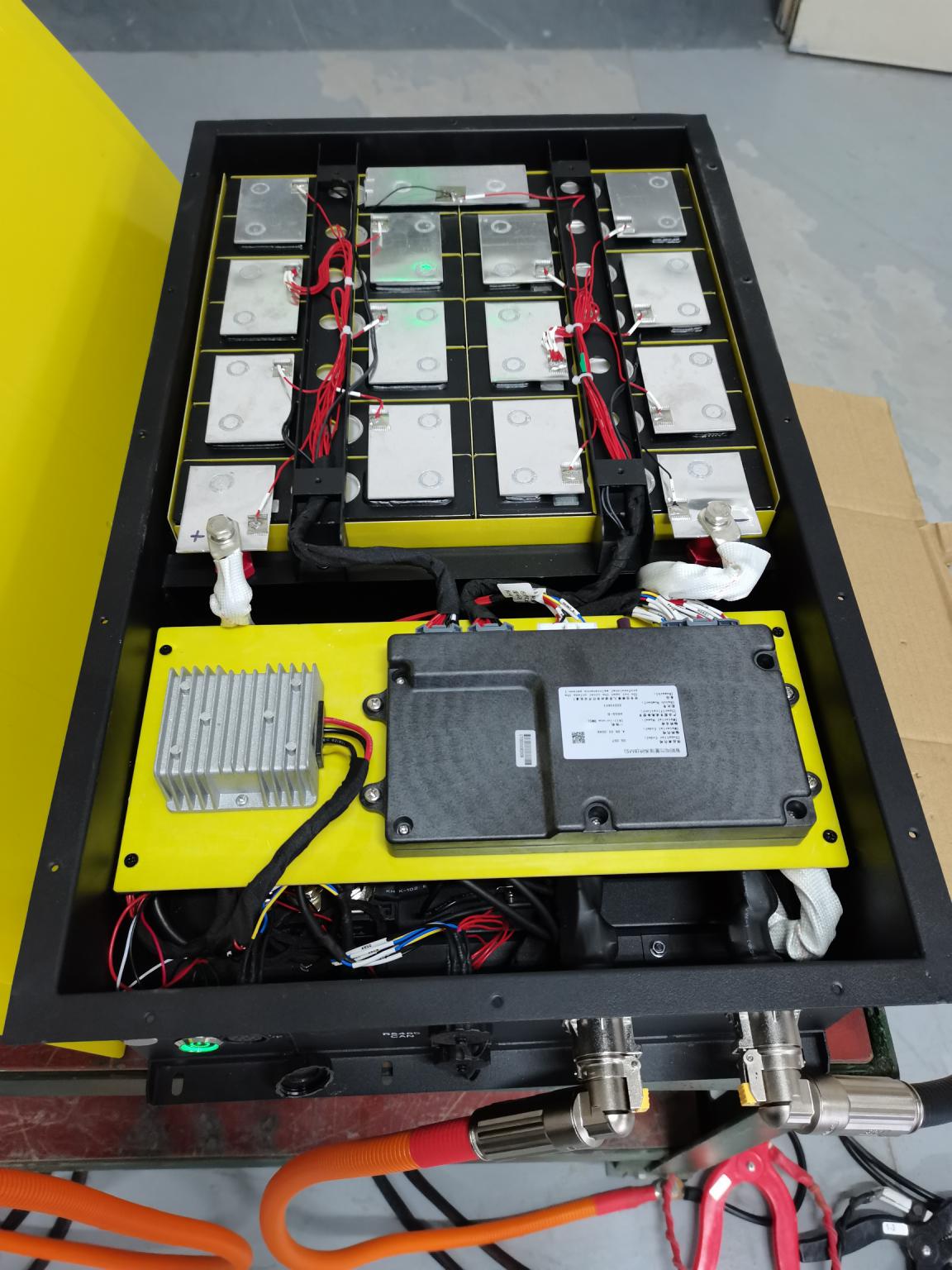
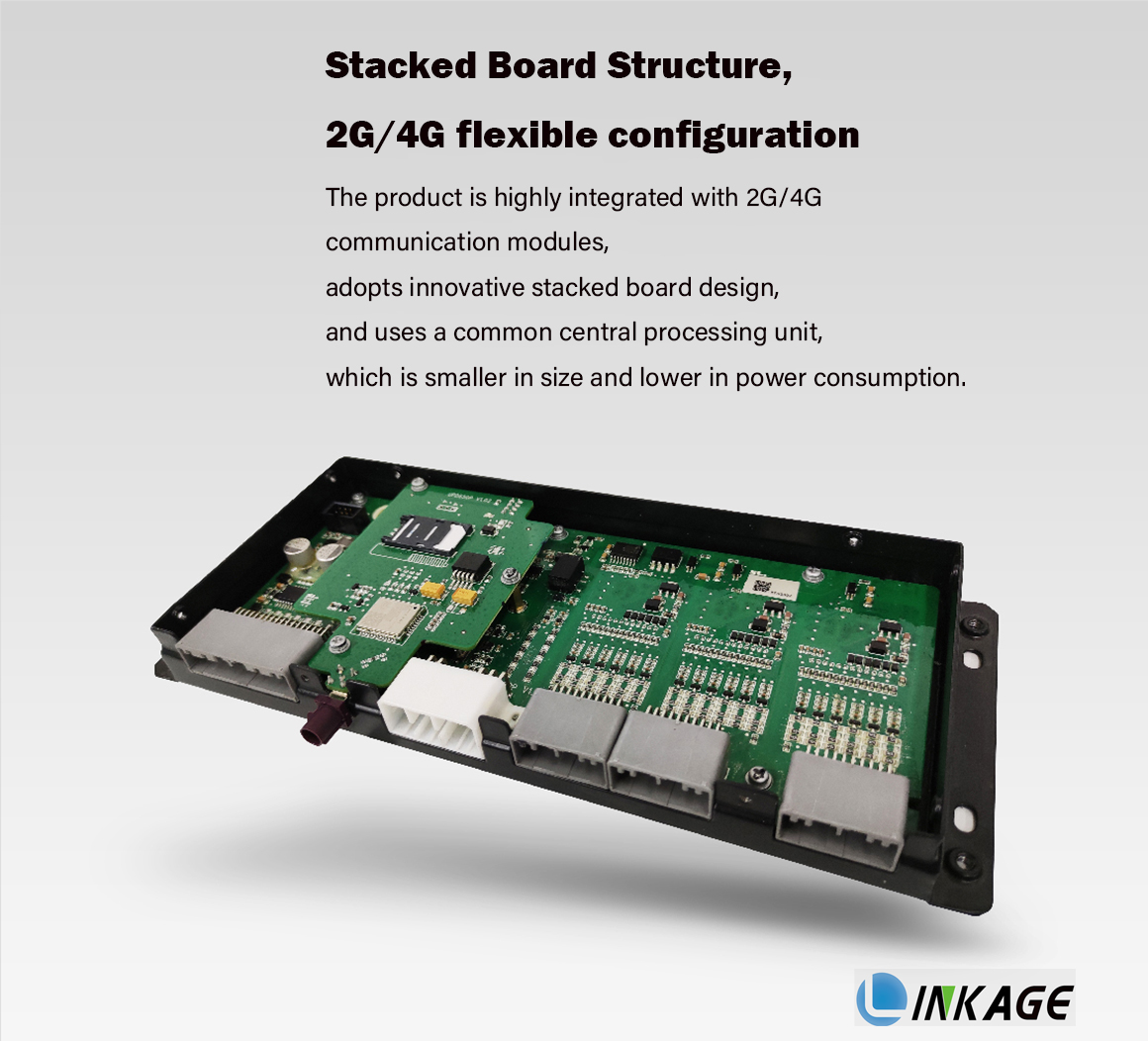
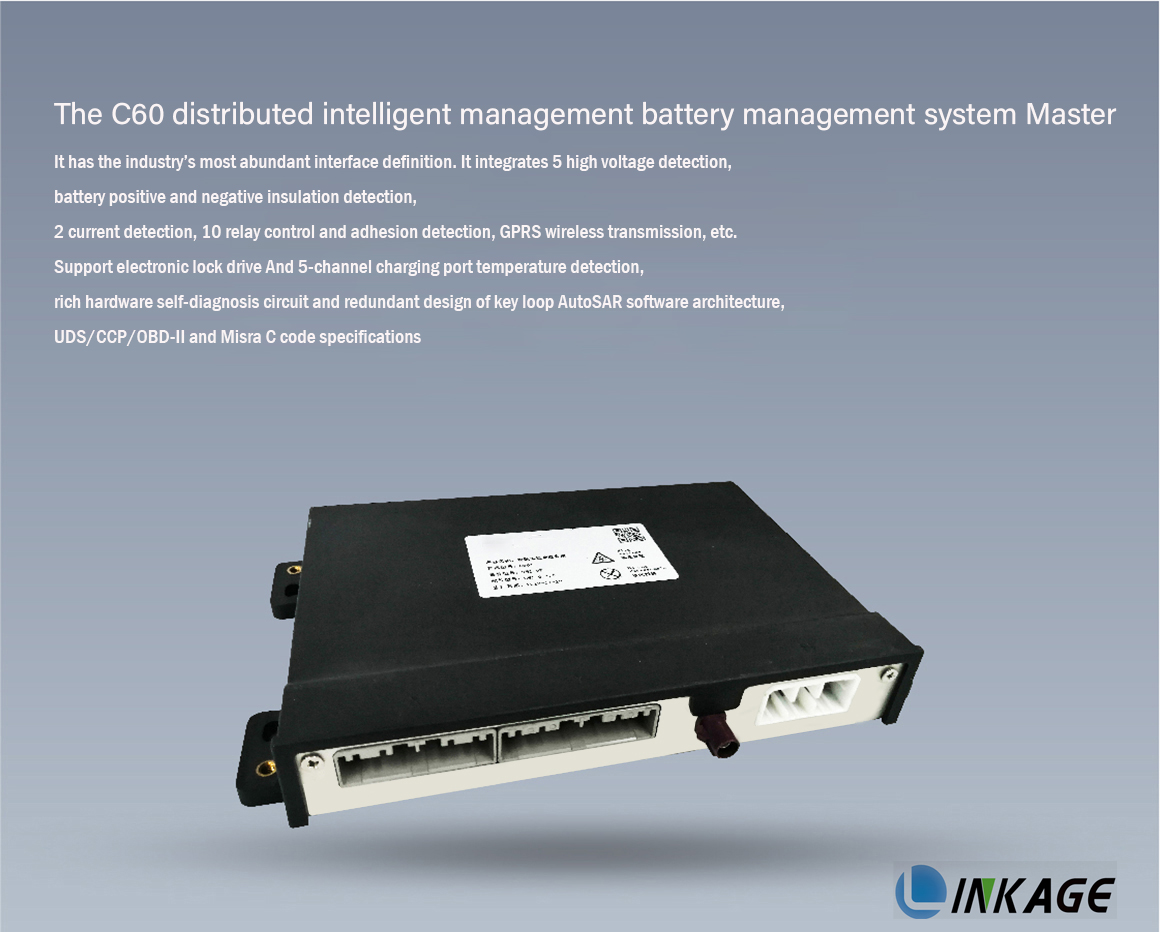
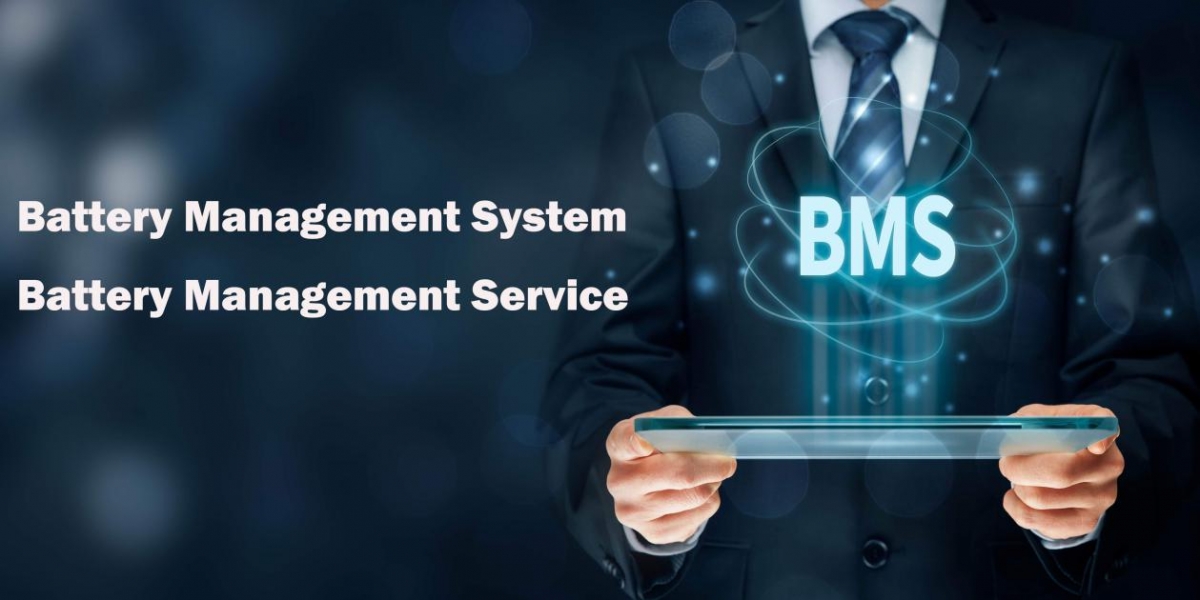
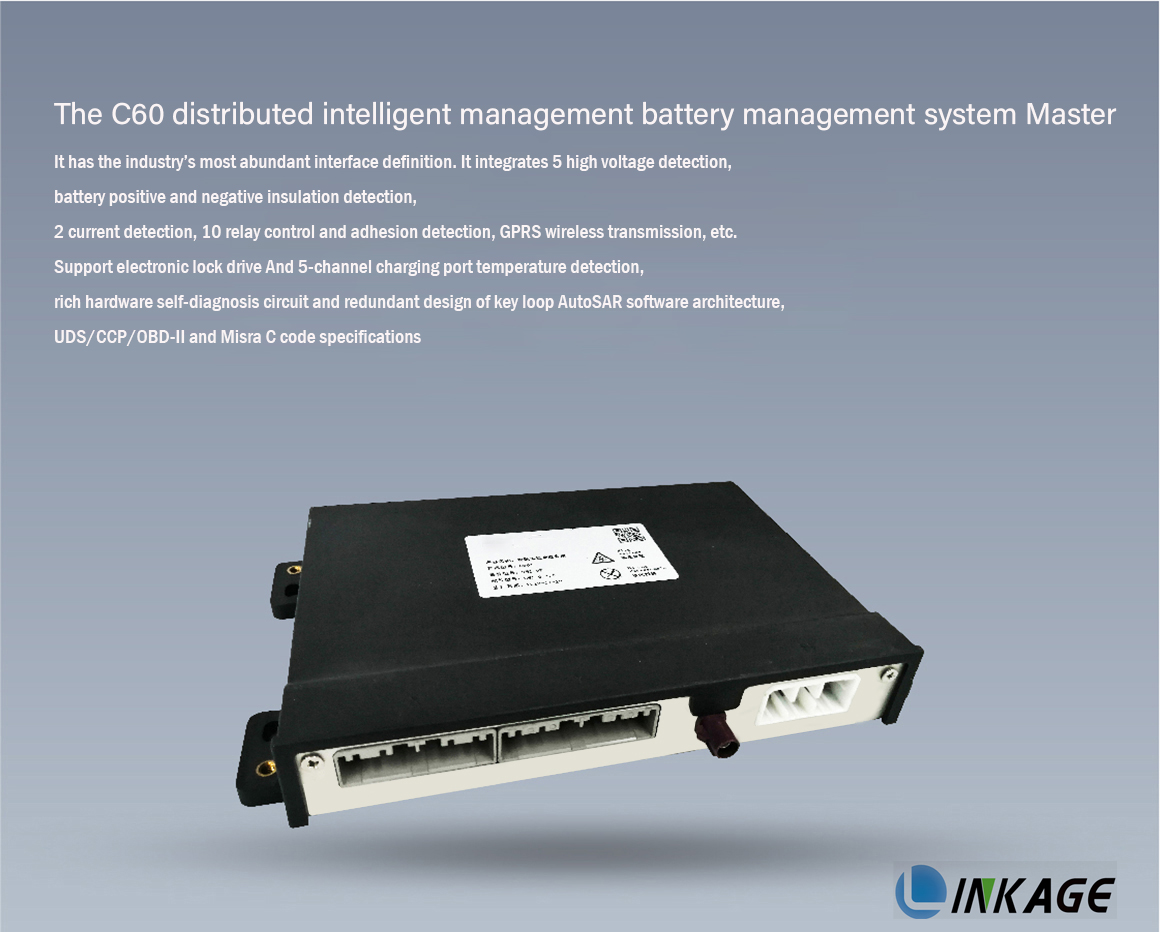
Lithium-ion batteries have different intercalation energies when intercalation reactions occur between the two electrodes, and in order to obtain the best performance of the battery, the capacity ratio of the two host electrodes should maintain a balanced value.
In lithium-ion batteries, the capacity balance is expressed as the mass ratio of the positive electrode to the negative electrode,
That is: γ=m+/m-=ΔxC-/ΔyC+
Sa formula sa itaas, ang C ay tumutukoy sa teoretikal na coulombic na kapasidad ng elektrod, at ang Δx at Δy ay tumutukoy sa stoichiometric na bilang ng mga lithium ions na naka-embed sa negatibong elektrod at ang positibong elektrod, ayon sa pagkakabanggit. Makikita mula sa pormula sa itaas na ang kinakailangang mass ratio ng dalawang pole ay nakasalalay sa katumbas na kapasidad ng Coulomb ng dalawang pole at ang bilang ng kani-kanilang nababaligtad na lithium ions.
larawan
Generally speaking, a smaller mass ratio leads to incomplete utilization of the negative electrode material; a larger mass ratio may cause a safety hazard due to the overcharge of the negative electrode. In short, at the optimized mass ratio, the battery performance is the best.
Para sa isang perpektong Li-ion na sistema ng baterya, ang balanse ng kapasidad ay hindi nagbabago sa panahon ng pag-ikot nito, at ang paunang kapasidad sa bawat cycle ay isang tiyak na halaga, ngunit ang aktwal na sitwasyon ay mas kumplikado. Ang anumang side reaction na maaaring makabuo o makakonsumo ng mga lithium ions o electron ay maaaring humantong sa mga pagbabago sa balanse ng kapasidad ng baterya. Kapag nagbago na ang katayuan ng balanse ng kapasidad ng baterya, hindi na mababawi ang pagbabagong ito at maaaring maipon sa maraming cycle, na magreresulta sa performance ng baterya. Grabe ang impact. Sa mga baterya ng lithium-ion, bilang karagdagan sa mga redox na reaksyon na nangyayari kapag ang mga lithium ions ay na-deintercalate, mayroon ding isang malaking bilang ng mga side reaction, tulad ng electrolyte decomposition, aktibong pagkatunaw ng materyal, at metallic lithium deposition.
Reason 1: Overcharging
1. Overcharge na reaksyon ng graphite negative electrode:
Kapag ang baterya ay na-overcharge, ang mga lithium ions ay madaling nababawasan at idineposito sa ibabaw ng negatibong elektrod:
larawan
The deposited lithium coats the negative electrode surface, blocking the intercalation of lithium. This results in reduced discharge efficiency and capacity loss due to:
①Bawasan ang dami ng nare-recycle na lithium;
②The deposited metal lithium reacts with the solvent or supporting electrolyte to form Li2CO3, LiF or other products;
③ Karaniwang nabubuo ang metal lithium sa pagitan ng negatibong elektrod at ng separator, na maaaring humarang sa mga pores ng separator at tumaas ang panloob na resistensya ng baterya;
④ Due to the very active nature of lithium, it is easy to react with the electrolyte and consume the electrolyte, resulting in a reduction in discharge efficiency and a loss of capacity.
Mabilis na singilin, ang kasalukuyang density ay masyadong malaki, ang negatibong elektrod ay malubhang polarized, at ang pagtitiwalag ng lithium ay magiging mas halata. Ito ay malamang na mangyari kapag ang positibong electrode active material ay labis na may kaugnayan sa negatibong electrode active material. Gayunpaman, sa kaso ng mataas na rate ng pagsingil, maaaring mangyari ang deposition ng metallic lithium kahit na normal ang ratio ng positibo at negatibong aktibong materyales.
2. Positibong electrode overcharge reaction
Kapag ang ratio ng positibong electrode active material sa negatibong electrode active material ay masyadong mababa, ang positibong electrode overcharge ay malamang na mangyari.
Ang pagkawala ng kapasidad na dulot ng sobrang singil ng positibong elektrod ay higit sa lahat dahil sa pagbuo ng mga electrochemically inert substance (tulad ng Co3O4, Mn2O3, atbp.), na sumisira sa balanse ng kapasidad sa pagitan ng mga electrodes, at ang pagkawala ng kapasidad ay hindi na maibabalik.
(1) LiyCoO2
LiyCoO2→(1-y)/3[Co3O4+O2(g)]+yLiCoO2 y<0.4
At the same time, the oxygen generated by the decomposition of the positive electrode material in the sealed lithium-ion battery accumulates at the same time because there is no recombination reaction (such as the generation of H2O) and the flammable gas generated by the decomposition of the electrolyte, and the consequences will be unimaginable.
(2) λ-MnO2
Ang lithium-manganese reaction ay nangyayari kapag ang lithium-manganese oxide ay ganap na na-delithiate: λ-MnO2→Mn2O3+O2(g)
3. Ang electrolyte ay na-oxidized kapag nag-overcharge
Kapag ang presyon ay mas mataas kaysa sa 4.5V, ang electrolyte ay ma-oxidized upang makabuo ng mga insolubles (tulad ng Li2Co3) at mga gas. Ang mga hindi matutunaw na ito ay haharangin ang mga micropores ng elektrod at hadlangan ang paglipat ng mga lithium ions, na magreresulta sa pagkawala ng kapasidad sa panahon ng pagbibisikleta.
Factors that affect the rate of oxidation:
The surface area of the positive electrode material
Current collector material
Added conductive agent (carbon black, etc.)
The type and surface area of carbon black
Among the more commonly used electrolytes, EC/DMC is considered to have the highest oxidation resistance. The electrochemical oxidation process of solution is generally expressed as: solution→oxidation product (gas, solution and solid matter)+ne-
Ang oksihenasyon ng anumang solvent ay magpapataas ng konsentrasyon ng electrolyte, magpapababa sa katatagan ng electrolyte, at sa huli ay makakaapekto sa kapasidad ng baterya. Ipagpalagay na ang isang maliit na halaga ng electrolyte ay natupok sa bawat oras na ito ay sisingilin, mas maraming electrolyte ang kinakailangan sa panahon ng pagpupulong ng baterya. Para sa isang palaging lalagyan, nangangahulugan ito na ang isang mas maliit na dami ng aktibong sangkap ay na-load, na nagreresulta sa pagbaba sa paunang kapasidad. Bilang karagdagan, kung ang isang solidong produkto ay ginawa, ang isang passivation film ay bubuo sa ibabaw ng elektrod, na magpapataas ng polariseysyon ng baterya at bawasan ang output boltahe ng baterya.
Dahilan 2: Electrolyte decomposition (pagbawas)
I decompose on the electrode
1. The electrolyte is decomposed on the positive electrode:
The electrolyte consists of a solvent and a supporting electrolyte. After the cathode is decomposed, insoluble products such as Li2Co3 and LiF are usually formed, which reduce the battery capacity by blocking the pores of the electrode. The electrolyte reduction reaction will have an adverse effect on the capacity and cycle life of the battery. The gas generated by the reduction can increase the internal pressure of the battery, which can lead to safety problems.
Ang positive electrode decomposition voltage ay karaniwang mas malaki kaysa sa 4.5V (vs. Li/Li+), kaya hindi sila madaling mabulok sa positive electrode. Sa kabaligtaran, ang electrolyte ay mas madaling mabulok sa negatibong elektrod.
2. Ang electrolyte ay nabubulok sa negatibong elektrod:
Ang electrolyte ay hindi stable sa graphite at iba pang lithium-inserted carbon anodes, at madaling mag-react upang makabuo ng hindi maibabalik na kapasidad. Sa panahon ng paunang pagsingil at paglabas, ang agnas ng electrolyte ay bubuo ng isang passivation film sa ibabaw ng electrode, at ang passivation film ay maaaring paghiwalayin ang electrolyte mula sa carbon negative electrode upang maiwasan ang karagdagang decomposition ng electrolyte. Kaya, ang katatagan ng istruktura ng carbon anode ay pinananatili. Sa ilalim ng mga ideal na kondisyon, ang pagbabawas ng electrolyte ay limitado sa yugto ng pagbuo ng passivation film, at ang prosesong ito ay hindi nangyayari kapag ang cycle ay matatag.
Pagbuo ng passivation film
The reduction of electrolyte salts participates in the formation of the passivation film, which is beneficial to the stabilization of the passivation film, but
(1) The insoluble matter produced by the reduction will have an adverse effect on the solvent reduction product;
(2) The concentration of the electrolyte decreases when the electrolyte salt is reduced, which eventually leads to the loss of battery capacity (LiPF6 is reduced to form LiF, LixPF5-x, PF3O and PF3);
(3) The formation of the passivation film consumes lithium ions, which will cause the capacity imbalance between the two electrodes to reduce the specific capacity of the entire battery.
(4) If there are cracks on the passivation film, solvent molecules can penetrate and thicken the passivation film, which not only consumes more lithium, but also may block the micropores on the carbon surface, resulting in the inability of lithium to be inserted and extracted. , resulting in irreversible capacity loss. Adding some inorganic additives to the electrolyte, such as CO2, N2O, CO, SO2, etc., can accelerate the formation of the passivation film and inhibit the co-insertion and decomposition of the solvent. The addition of crown ether organic additives also has the same effect. 12 crowns and 4 ethers are the best.
Factors for film capacity loss:
(1) The type of carbon used in the process;
(2) komposisyon ng electrolyte;
(3) Mga additives sa mga electrodes o electrolytes.
Blyr believes that the ion exchange reaction advances from the surface of the active material particle to its core, the new phase formed bury the original active material, and a passive film with low ionic and electronic conductivity is formed on the surface of the particle, so the spinel after storage Greater polarization than before storage.
Natagpuan ni Zhang na ang paglaban ng layer ng passivation sa ibabaw ay tumaas at ang interfacial capacitance ay bumaba sa pagtaas ng bilang ng mga cycle. Sinasalamin nito na ang kapal ng passivation layer ay tumataas sa bilang ng mga cycle. Ang paglusaw ng mangganeso at ang agnas ng electrolyte ay humahantong sa pagbuo ng mga film ng passivation, at ang mga kondisyon ng mataas na temperatura ay mas nakakatulong sa pag-unlad ng mga reaksyong ito. Papataasin nito ang contact resistance sa pagitan ng mga aktibong particle ng materyal at ang Li+ migration resistance, sa gayon ay tumataas ang polarization ng baterya, hindi kumpletong pag-charge at pagdiskarga, at pagbabawas ng kapasidad.
II Reduction Mechanism of Electrolyte
Ang electrolyte ay kadalasang naglalaman ng oxygen, tubig, carbon dioxide at iba pang mga dumi, at ang mga redox na reaksyon ay nangyayari sa panahon ng proseso ng pag-charge at pagdiskarga ng baterya.
The reduction mechanism of the electrolyte includes three aspects: solvent reduction, electrolyte reduction and impurity reduction:
1. Pagbawas ng solvent
Kasama sa pagbabawas ng PC at EC ang one-electron reaction at two-electron reaction process, at ang two-electron reaction ay bumubuo ng Li2CO3:
Fong et al. naniniwala na sa unang proseso ng paglabas, kapag ang potensyal ng elektrod ay malapit sa 0.8V (vs. Li/Li+), ang electrochemical reaction ng PC/EC ay naganap sa grapayt upang makabuo ng CH=CHCH3(g)/CH2=CH2(g) at LiCO3(s), na humahantong sa hindi maibabalik na pagkawala ng kapasidad sa mga graphite electrodes.
Aurbach et al. conducted extensive research on the reduction mechanism and products of various electrolytes on lithium metal electrodes and carbon-based electrodes, and found that the one-electron reaction mechanism of PC produces ROCO2Li and propylene. ROCO2Li is very sensitive to trace water. The main products are Li2CO3 and propylene in the presence of trace water, but no Li2CO3 is produced under dry conditions.
Pagpapanumbalik ng DEC:
Ein-Eli Y reported that the electrolyte mixed with diethyl carbonate (DEC) and dimethyl carbonate (DMC) will undergo an exchange reaction in the battery to generate ethyl methyl carbonate (EMC), which is responsible for the loss of capacity. certain influence.
2. Electrolyte reduction
The reduction reaction of the electrolyte is generally considered to be involved in the formation of the carbon electrode surface film, so its type and concentration will affect the performance of the carbon electrode. In some cases, the reduction of the electrolyte contributes to the stabilization of the carbon surface, which can form the desired passivation layer.
Sa pangkalahatan ay pinaniniwalaan na ang sumusuporta sa electrolyte ay mas madaling bawasan kaysa sa solvent, at ang pagbabawas ng produkto ay halo-halong sa negatibong electrode deposition film at nakakaapekto sa kapasidad ng pagkabulok ng baterya. Ang ilang posibleng pagbabawas ng mga reaksyon ng pagsuporta sa mga electrolyte ay ang mga sumusunod:
3. Pagbabawas ng karumihan
(1) If the water content in the electrolyte is too high, LiOH(s) and Li2O deposits will be formed, which is not conducive to the insertion of lithium ions, resulting in irreversible capacity loss:
H2O+e→OH-+1/2H2
OH-+Li+→LiOH(s)
LiOH+Li++e-→Li2O(s)+1/2H2
Ang nabuong LiOH(s) ay idineposito sa ibabaw ng electrode, na bumubuo ng surface film na may mataas na resistensya, na humahadlang sa Li+ intercalation sa graphite electrode, na nagreresulta sa hindi maibabalik na pagkawala ng kapasidad. Ang isang maliit na halaga ng tubig (100-300 × 10-6) sa solvent ay walang epekto sa pagganap ng graphite electrode.
(2) The CO2 in the solvent can be reduced on the negative electrode to form CO and LiCO3(s):
2CO2+2e-+2Li+→Li2CO3+CO
CO will increase the internal pressure of the battery, and Li2CO3(s) will increase the internal resistance of the battery and affect the battery performance.
(3) The presence of oxygen in the solvent will also form Li2O
1/2O2+2e-+2Li+→Li2O
Dahil ang potensyal na pagkakaiba sa pagitan ng metallic lithium at ganap na intercalated carbon ay maliit, ang pagbawas ng electrolyte sa carbon ay katulad ng pagbawas sa lithium.
Reason 3: Self-discharge
Self-discharge refers to the phenomenon that the battery loses its capacity naturally when it is not in use. Li-ion battery self-discharge leads to capacity loss in two cases:
Ang isa ay ang nababaligtad na pagkawala ng kapasidad;
Ang pangalawa ay ang pagkawala ng hindi maibabalik na kapasidad.
Ang nababaligtad na pagkawala ng kapasidad ay nangangahulugan na ang nawalang kapasidad ay maaaring mabawi sa panahon ng pagsingil, habang ang hindi maibabalik na pagkawala ng kapasidad ay ang kabaligtaran. Ang positibo at negatibong mga electrodes ay maaaring kumilos bilang isang microbattery na may electrolyte sa naka-charge na estado, na nagreresulta sa lithium ion intercalation at deintercalation, at intercalation at deintercalation ng positibo at negatibong electrodes. Ang mga naka-embed na lithium ions ay nauugnay lamang sa mga lithium ions ng electrolyte, kaya ang kapasidad ng positibo at negatibong mga electrodes ay hindi balanse, at ang bahaging ito ng pagkawala ng kapasidad ay hindi mababawi sa panahon ng pagsingil. Gaya ng:
Lithium manganese oxide positive electrode at solvent ay magdudulot ng micro-batery effect at self-discharge, na magreresulta sa hindi maibabalik na pagkawala ng kapasidad:
LiyMn2O4+xLi++xe-→Liy+xMn2O4
Ang mga solvent molecule (gaya ng PC) ay na-oxidize sa ibabaw ng conductive material na carbon black o kasalukuyang collector bilang microbattery anode:
xPC→xPC-radical+xe-
Similarly, the negative active material may interact with the electrolyte to cause self-discharge and cause irreversible capacity loss, and the electrolyte (such as LiPF6) is reduced on the conductive material:
PF5+xe-→PF5-x
Ang Lithium carbide sa naka-charge na estado ay na-oxidized sa pamamagitan ng pag-alis ng mga lithium ions bilang negatibong elektrod ng microbattery:
LiyC6→Liy-xC6+xLi+++xe-
Mga salik na nakakaapekto sa self-discharge: ang proseso ng pagmamanupaktura ng positibong electrode material, ang proseso ng pagmamanupaktura ng baterya, ang mga katangian ng electrolyte, temperatura, at oras.
